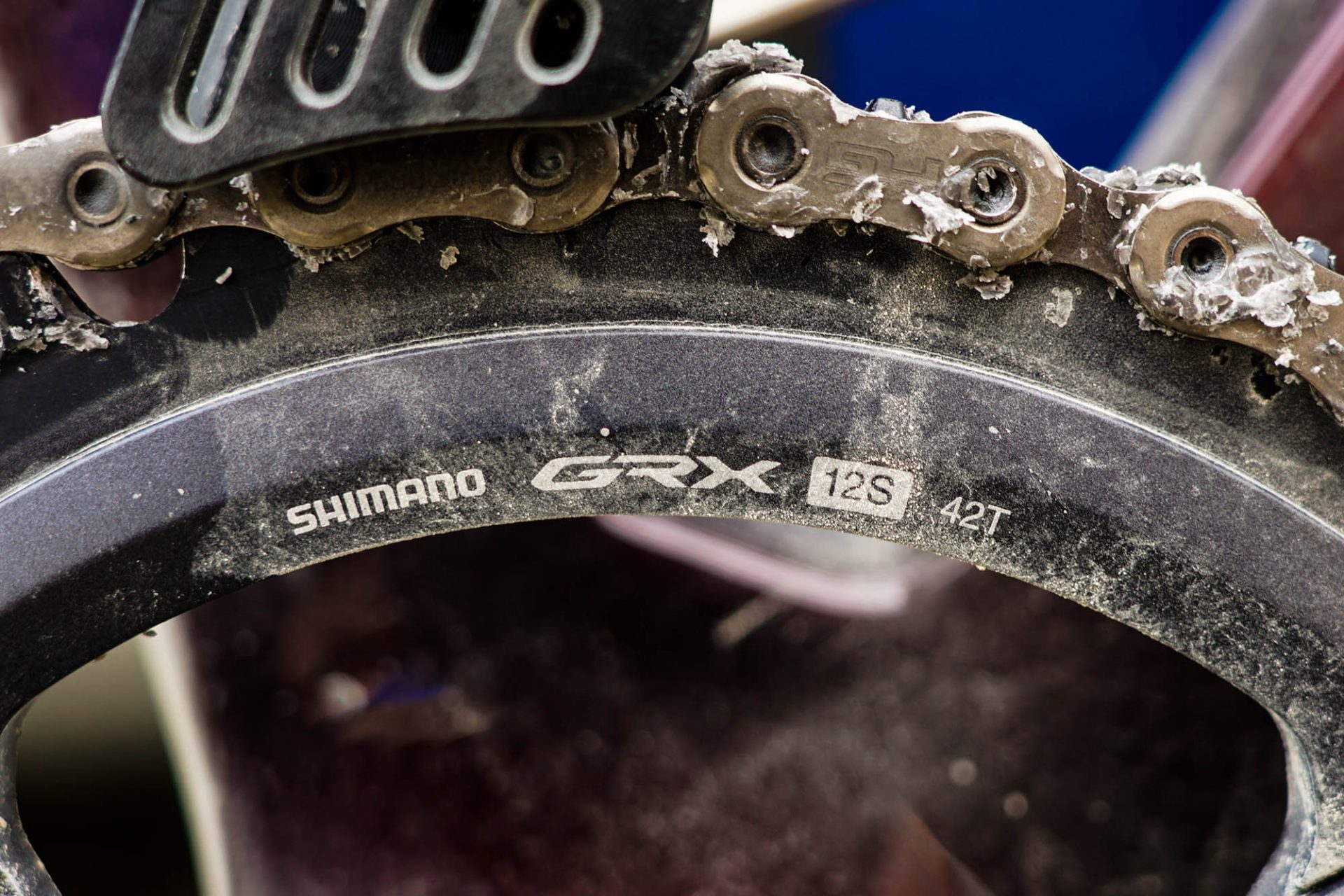This year’s Unbound Gravel event in Emporia, Kansas served up the usual smorgasbord of human stories, but also one particularly tasty tech tidbit: the surfacing of Shimano’s next-generation GRX gravel groupset, which moves to a 12-speed format that will offer a far more compatible range than what’s currently offered with the increasingly dated 11-speed stuff.
Since its inception, GRX has primarily been a 2x drivetrain, pairing a narrow-range 11-34T cassette and appropriately downsized chainrings. To Shimano’s credit, it offers a decent amount of range in that configuration, and the company still does front shifting better than anyone else in the industry. The only problem is a growing number of gravel riders (and companies producing gravel bikes) don’t want to run multiple chainrings, and SRAM’s more modern XPLR drivetrains have rapidly eaten Shimano’s lunch.
Whereas that GRX 11-34 cassette in Shimano’s preferred 2x configuration offers a healthy 479% total range, that number drops to a more modest 382% with a single chainring and the recommended 11-40T cassette. In contrast, SRAM’s 10-44T XPLR cassette – which was designed from the outset to be a 1x offering – delivers a more practical 440% range, and then there are also the so-called “mullet” setups using the company’s mountain bike cassettes that boost that figure to a whopping 520%. And let’s not forget Campagnolo’s 13-speed Ekar, which offers up to 467% range.
Point being, as good as it is otherwise, Shimano GRX rapidly fell off the back in terms of gearing as 1x gained in popularity.
This new generation of GRX, however, is clearly intended to be compatible with the company’s mountain bike cassettes, as demonstrated by Shimano-sponsored pro rider Taylor Lideen. Lideen’s Pivot Vault was outfitted with a Shimano 12-speed XTR 10-45T cassette mated to a 42T chainring, all of which would have provided him with a 450% gearing – which, perhaps intentionally, is just a smidgeon greater than SRAM’s smaller XPLR option).

The move to a 12-speed format is fairly critical here, as cramming that sort of range into 11 sprockets would normally incorporate some fairly wide jumps somewhere in the middle. The 12-speed 10-45T XTR cassette Lideen used at Unbound obviously has more range, but also gaps that should be no larger than the current 1×11-specific 11-40T GRX cluster.
That MTB cassette compatibility requires a number of changes that go well beyond just adding another tooth to the ratchet spool inside the shifter.
For one, that cassette (and, specifically, that 10T sprocket) requires the use of Shimano’s newer – and smaller-diameter – Microspline freehub body instead of the legacy HG pattern currently used by GRX. There’s also a brand-new rear derailleur with a more horizontal and MTB-like orientation to the parallelogram links and far more offset to the upper pulley than current-gen GRX. The pulley offset is required to accurately maintain a proper chain gap across the cassette range, while the revised parallelogram orientation is required to minimize ghost-shifting when riding over rough terrain (an innovation SRAM first introduced with its first-generation XX1 groupset).
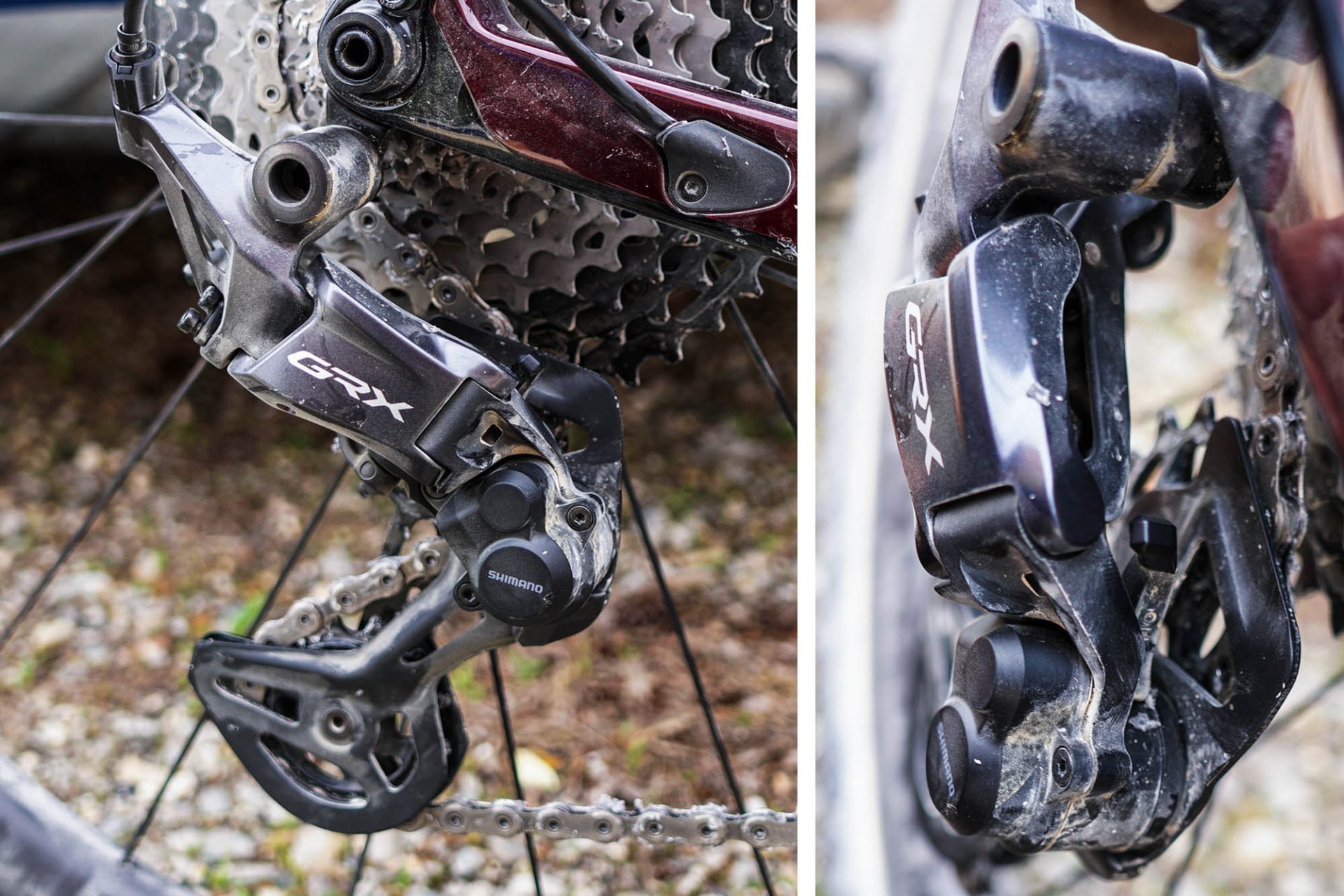
Sticking to the rear derailleur, it also sports a much narrower profile (again, a feature borrowed from the company’s mountain bike range) and larger pulley wheels than the current GRX setup, but aside from that, there are no big surprises here. The serviceable and adjustable pulley cage clutch appears to be carried over intact.
Up front, there’s a new 12-speed-specific chainring that almost certainly uses the same narrow-wide tooth profile as Shimano’s current mountain bike offerings. The arms themselves look like they could potentially be carried over from the current 11-speed GRX stuff, which would be a compatibility boon for potential upgrades. Otherwise, it’s the same 24 mm-diameter Hollowtech steel spindle design as before, and the chain appears to be current-gen mountain bike spec, too.
Things get more interesting up front at the levers, as they appear to be hardly changed at all. The shape of the lever blades and body look identical, as do the rubber hoods with their distinctively aggressive texturing. The guts will obviously have been updated to accommodate that extra sprocket out back, but other than a switch from bright chrome to smoked chrome for the lever cap, there are no obvious external differences.
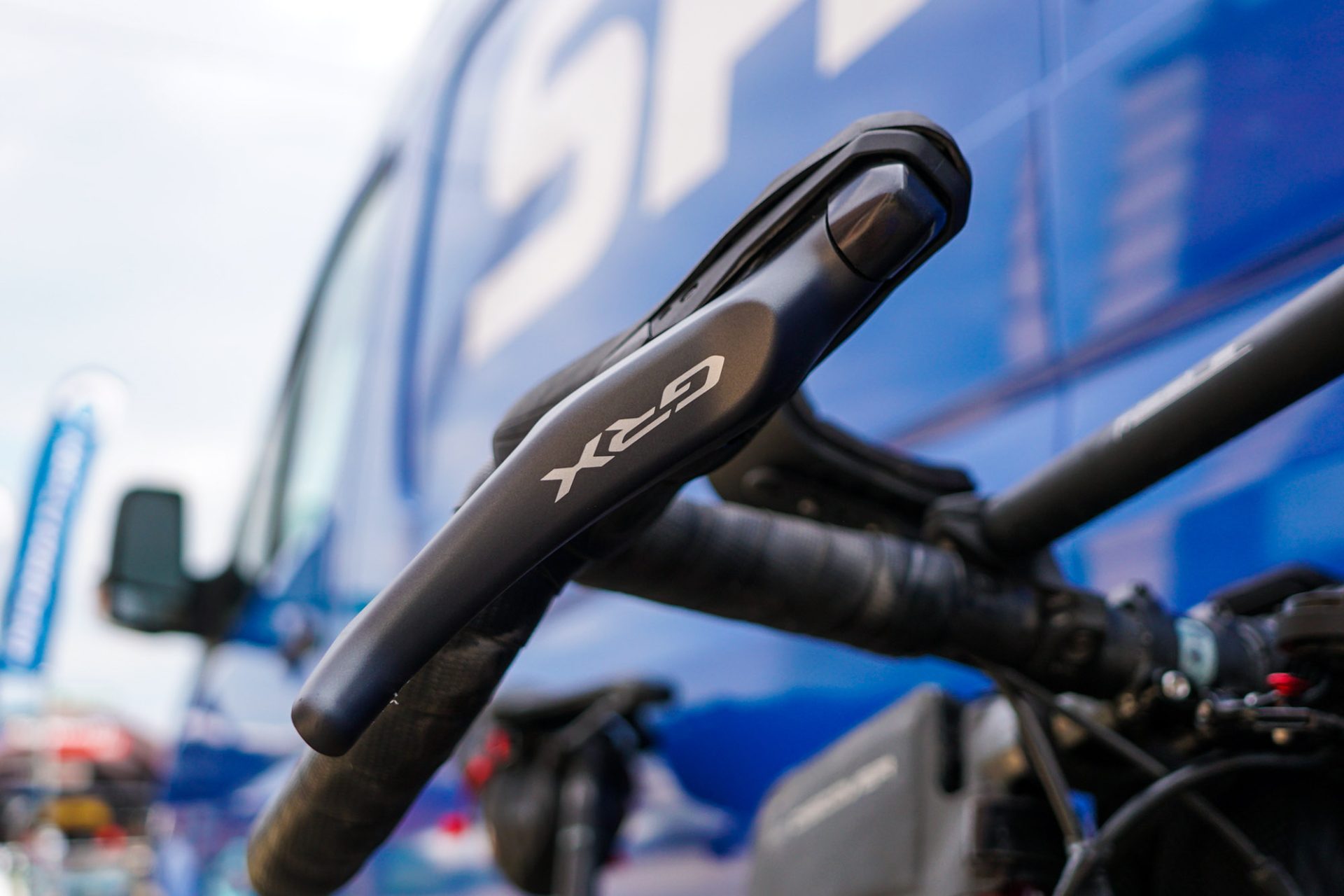
It’s a similar story with the hydraulic disc brake calipers, which appear to be the same BR-RX820 model that Shimano debuted with the GRX Limited groupset, just in a dark anodized finish instead of the bright silver polish. It’s functionally equivalent to earlier models in terms of braking performance, but is supposedly easier to bleed and with a bit more pad clearance to boot.
As much as I can glean from these photos (which, by the way, were provided to us by fellow independent cycling journalist Ben Delaney), there are still an awful lot of questions remaining.
Does this mean Shimano is abandoning 2x for GRX? That seems unlikely. As mentioned earlier, even a current-gen GRX 2x setup offers more total range than this 1x setup with the 10-45T cassette, while also maintaining the tighter gaps across the cassette range that many riders still prefer. Plus, Shimano still likes front shifting in general.
What about compatibility with Shimano’s larger mountain bike cassettes? A proper “mullet” drivetrain option seems like a given what with the popularity of similar configurations from SRAM. With the new rear derailleur linkage layout, this could be achieved with just a different pulley cage, so I’d say this is a slam dunk.
And perhaps most intriguing, what does this mean for GRX Di2? Well, it’s safe to say that it will go to a 12-speed format as well, along with similar drivetrain options and changes to the rear derailleur architecture. None of that has been spotted in the wild yet, though, so that’s purely (well-educated) speculation.
Not surprisingly, Shimano hasn’t released any official information on any of the new GRX components. However, given the production-ready appearance of all of this stuff, I’d say we shouldn’t have to wait very long.
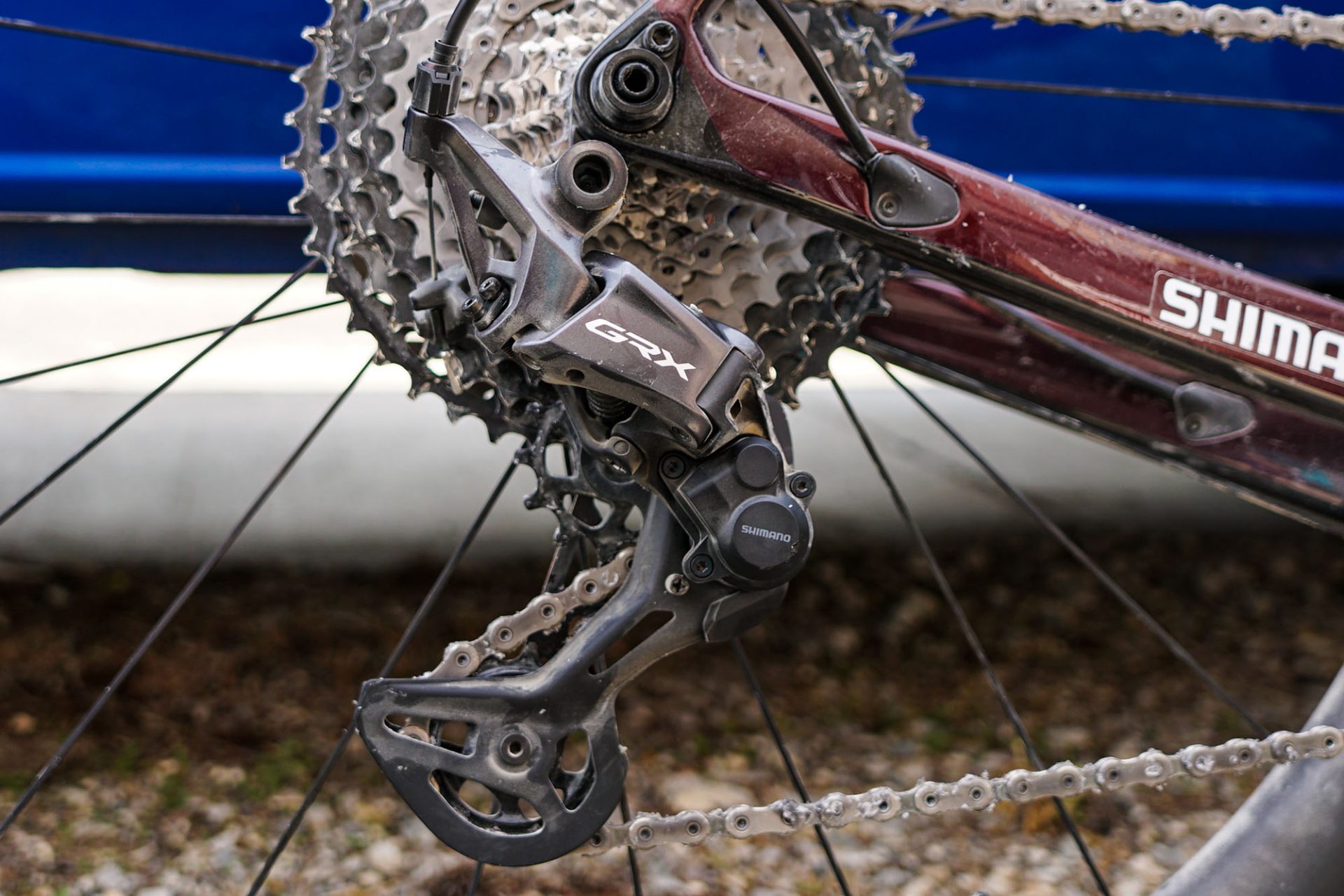

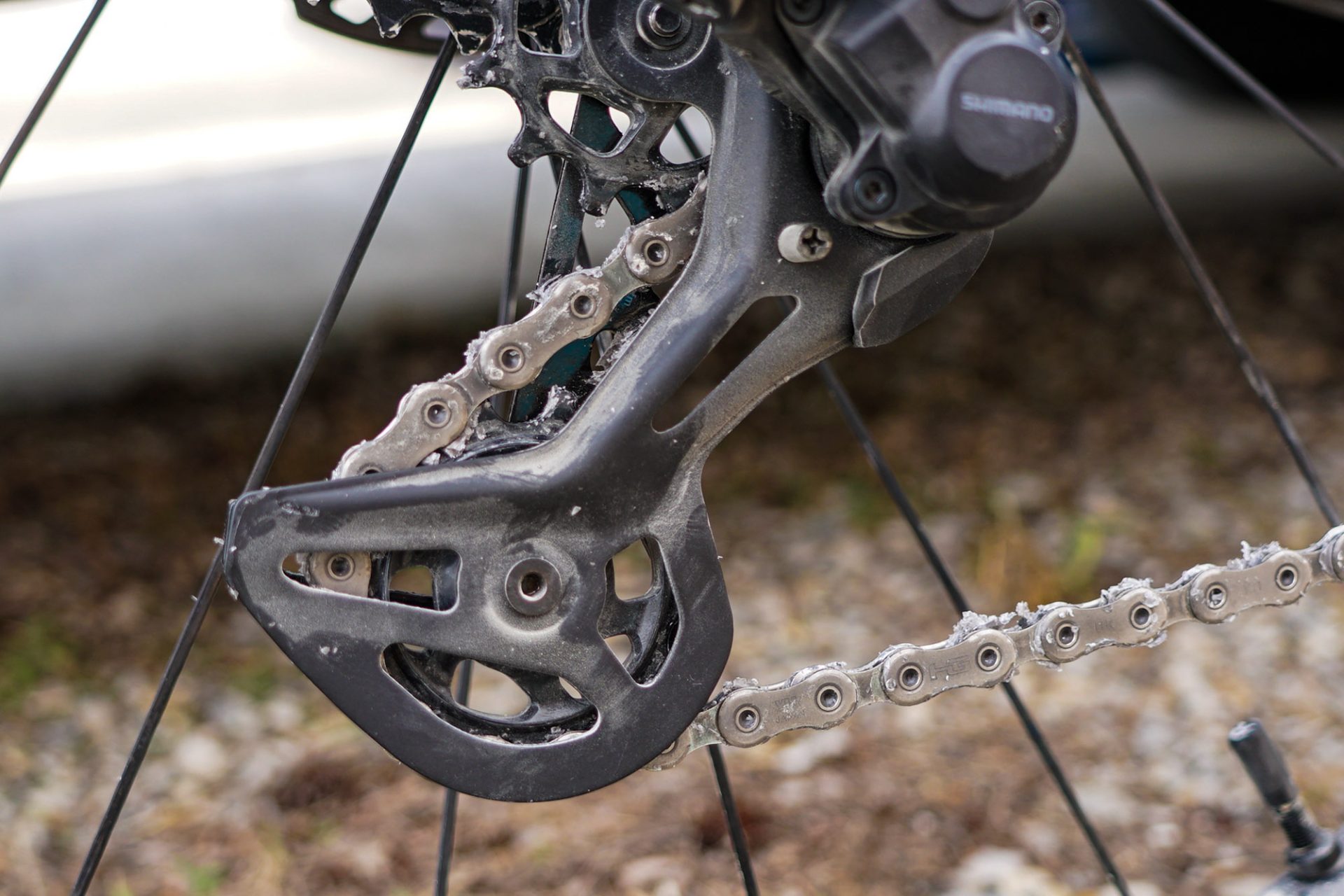

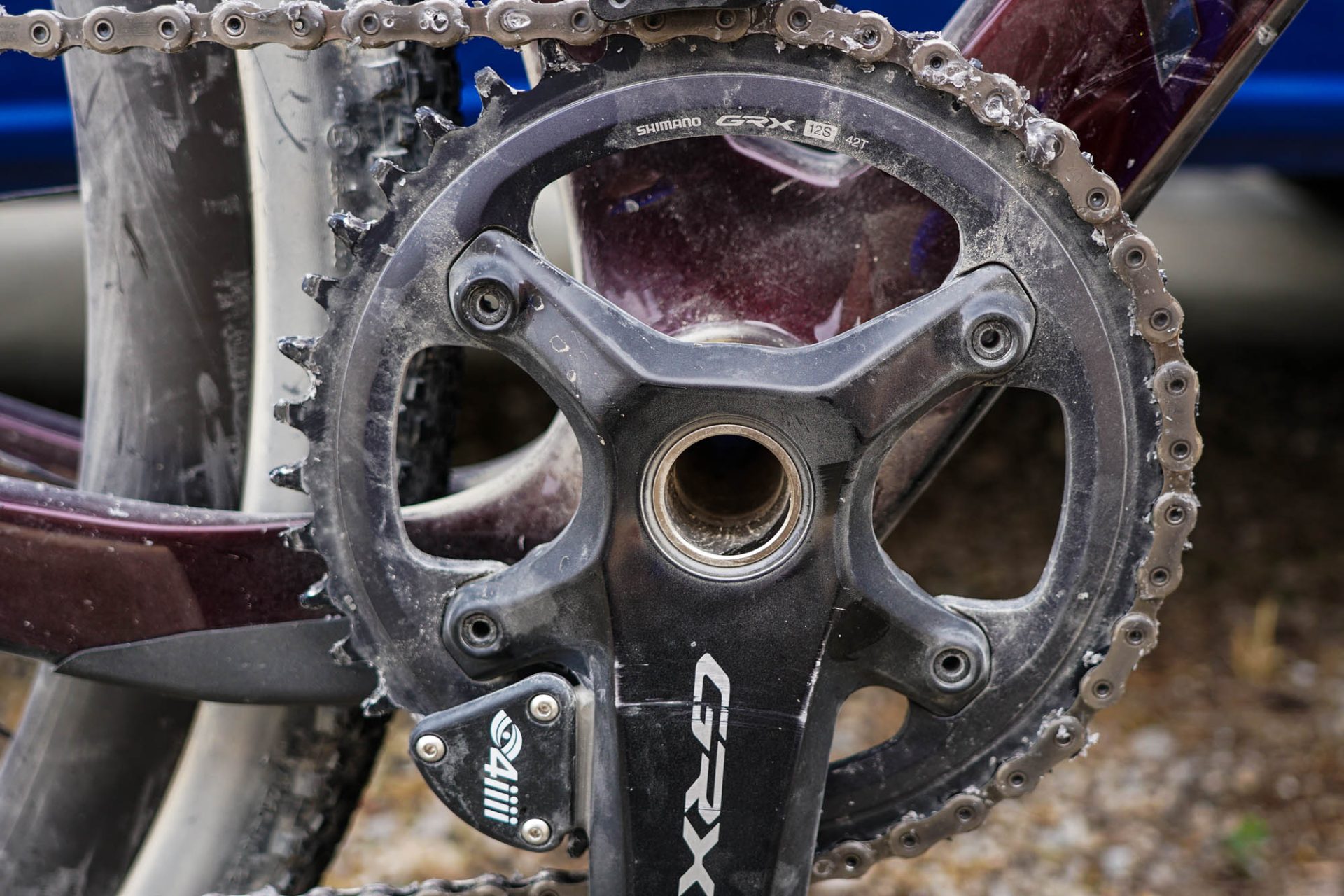
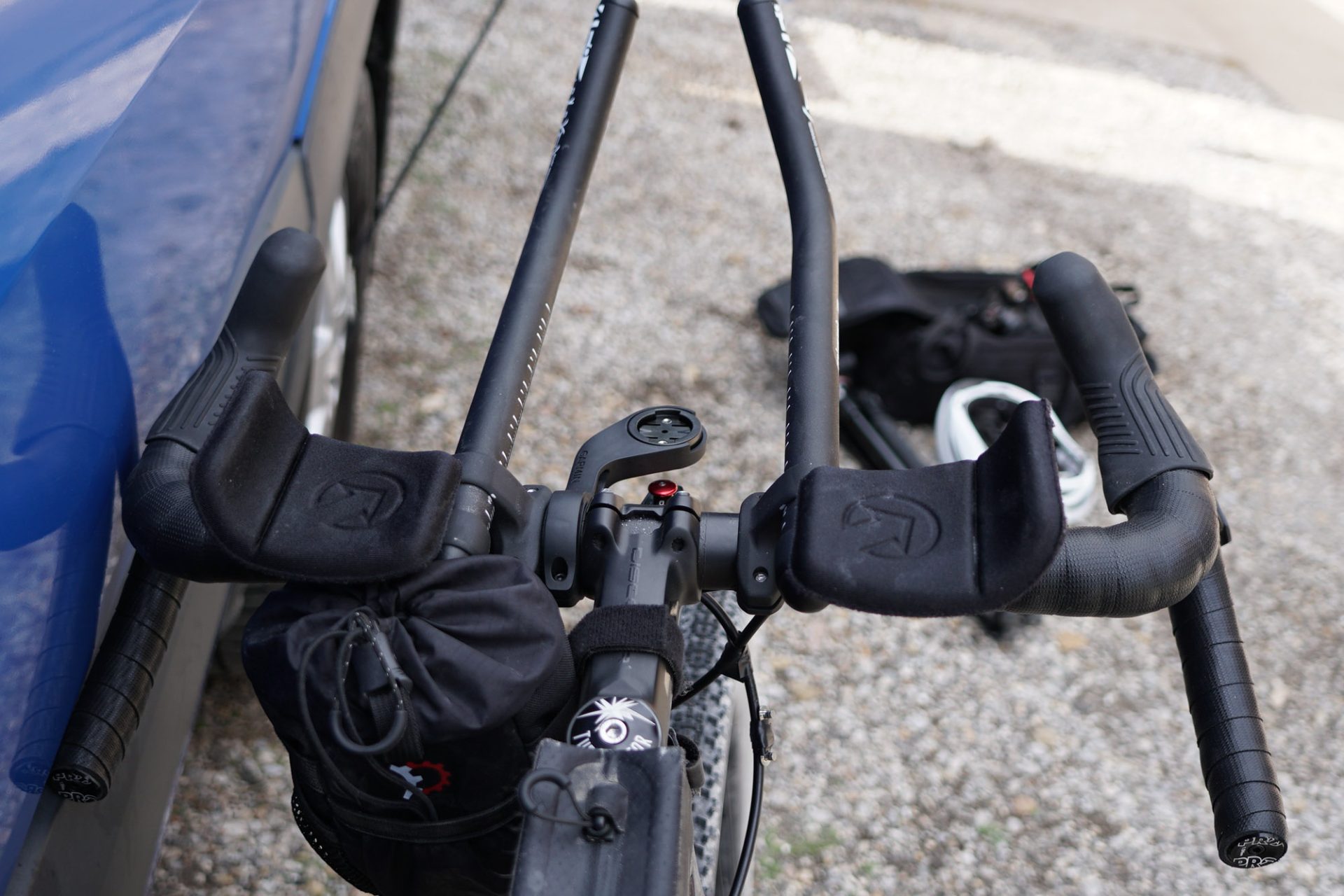
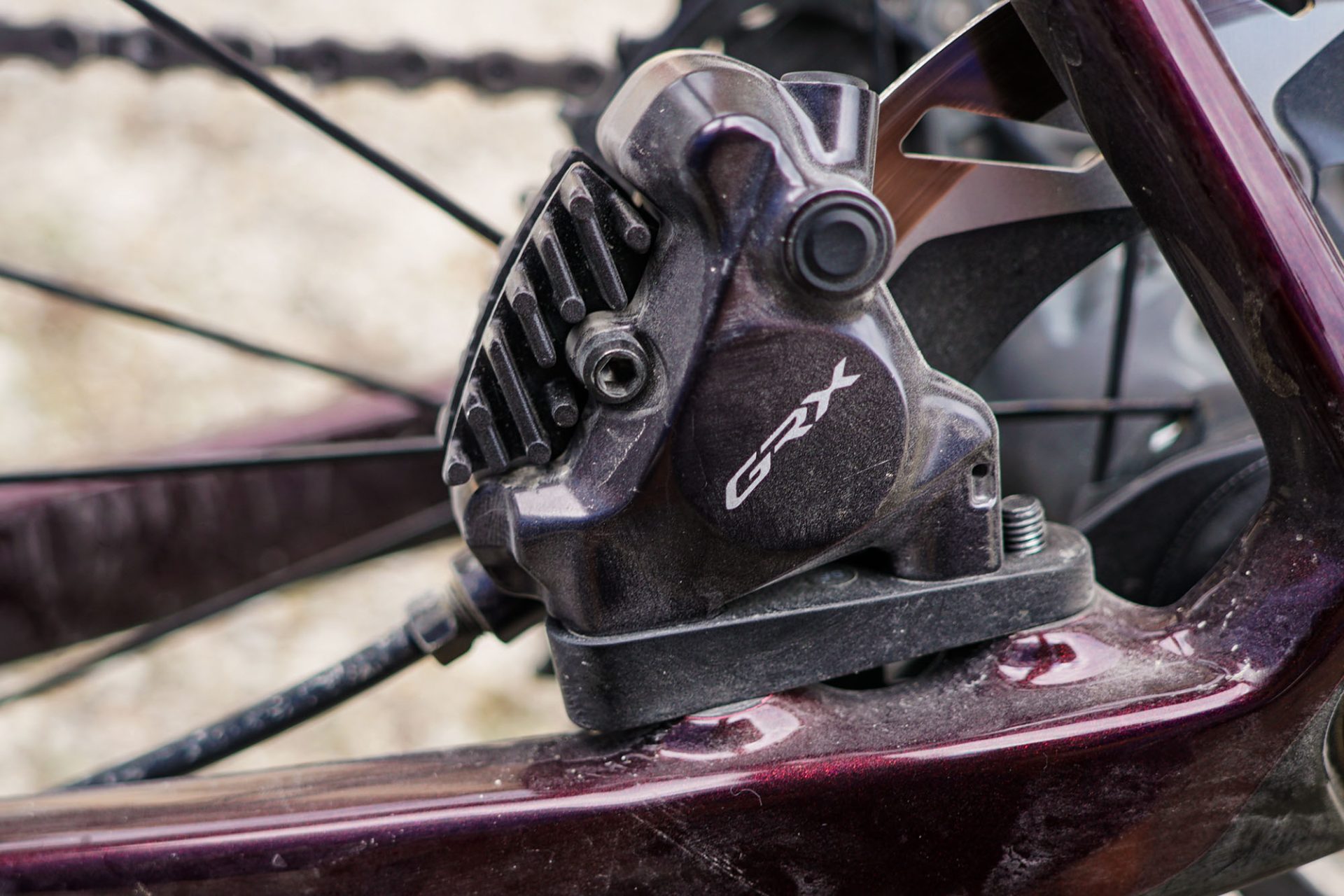
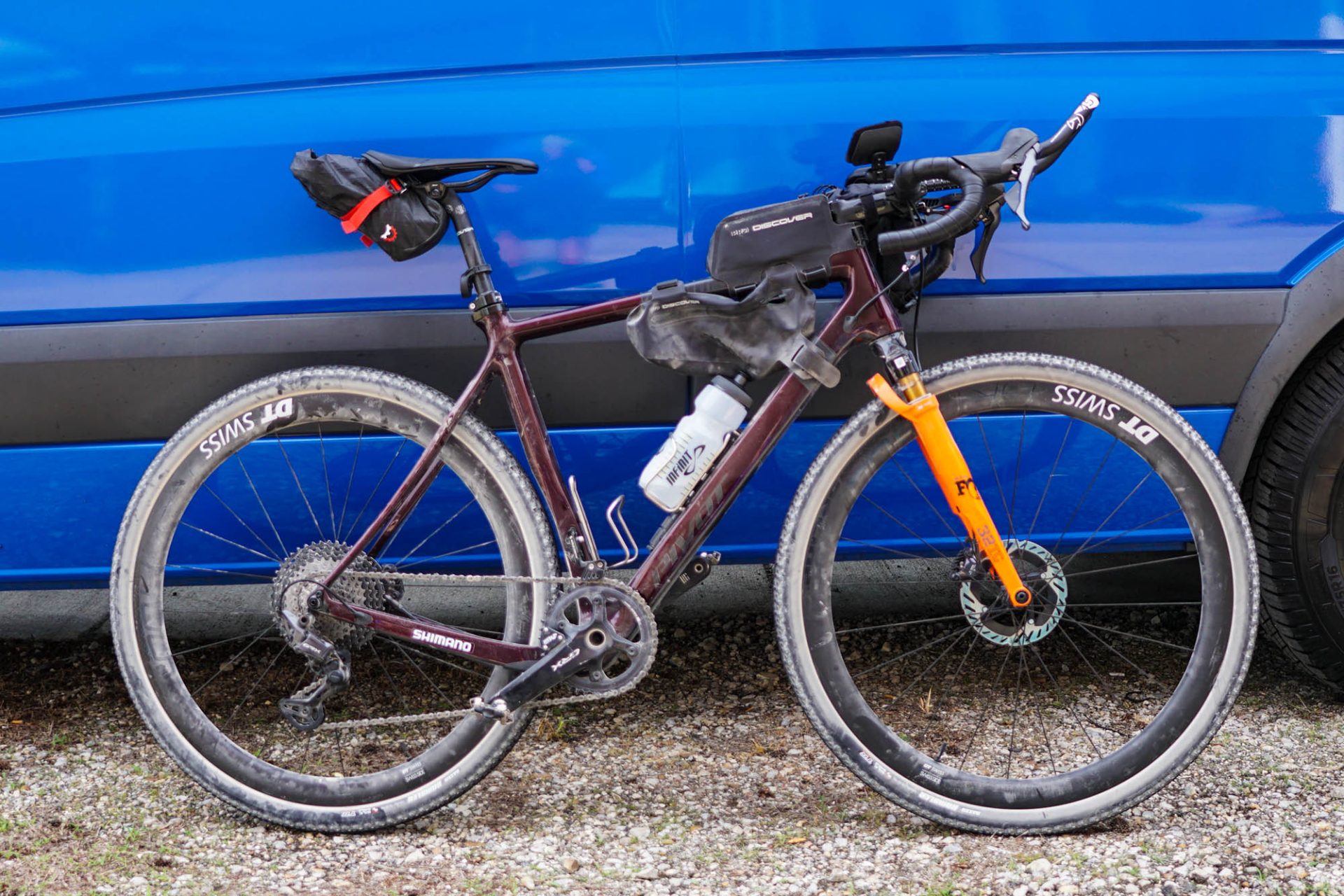
What did you think of this story?
